When you step into the wild spaces of the West, you’re walking into the territory of giants. From massive bison thundering across Yellowstone to towering elk standing like statues in the fog, these national parks are home to some of the biggest mammals in North America. Their size isn’t just impressive—it’s a sign of how wild and untamed these places still are. Seeing one in person, even from a distance, is enough to stop you in your tracks. These animals shape the landscape, draw thousands of visitors each year, and play a vital role in keeping nature in balance. If you’re planning a park visit, knowing who’s out there—and how big they really are—can make the whole experience even more unforgettable.
American Bison
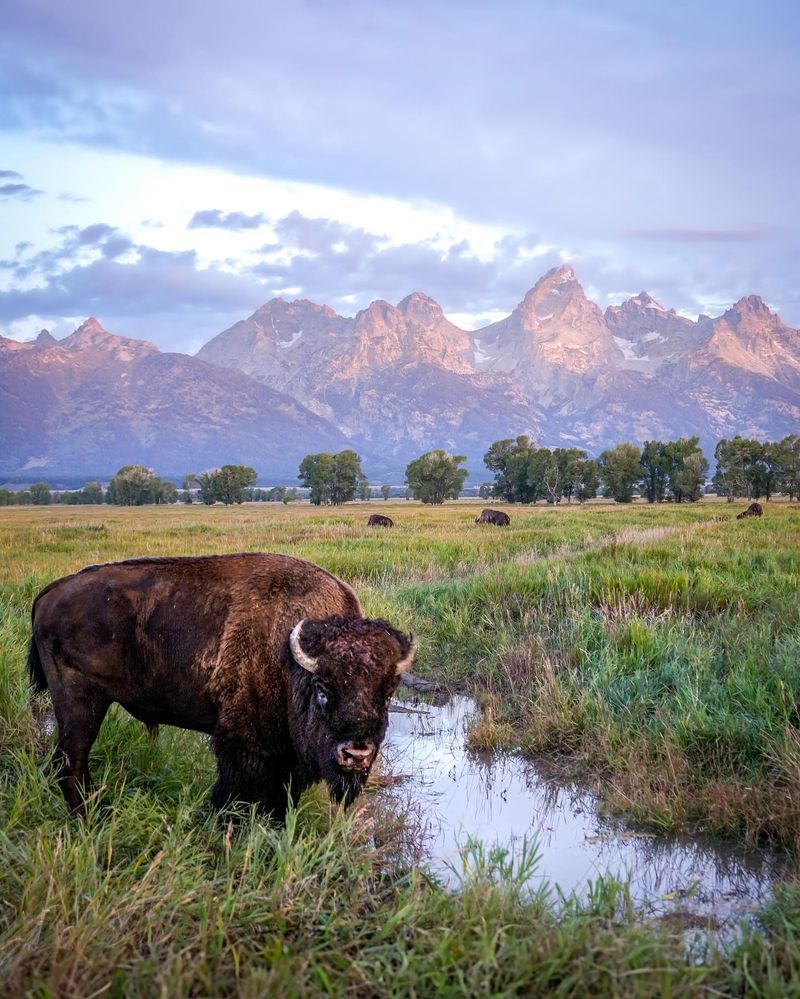
The American Bison, a symbol of the Great Plains, roams freely in Yellowstone National Park. With herds reaching up to 4,900, these majestic creatures create a breathtaking spectacle. Each bison, weighing up to 2,000 pounds, exhibits a rugged strength and resilience. Their massive heads and shaggy coats are adapted to withstand harsh winters. Bison play a crucial role in the ecosystem, grazing and maintaining the grasslands. Once near extinction, conservation efforts have revived their populations. Witnessing a bison herd in motion is an awe-inspiring experience, a connection to the wild and untamed heart of America.
Elk
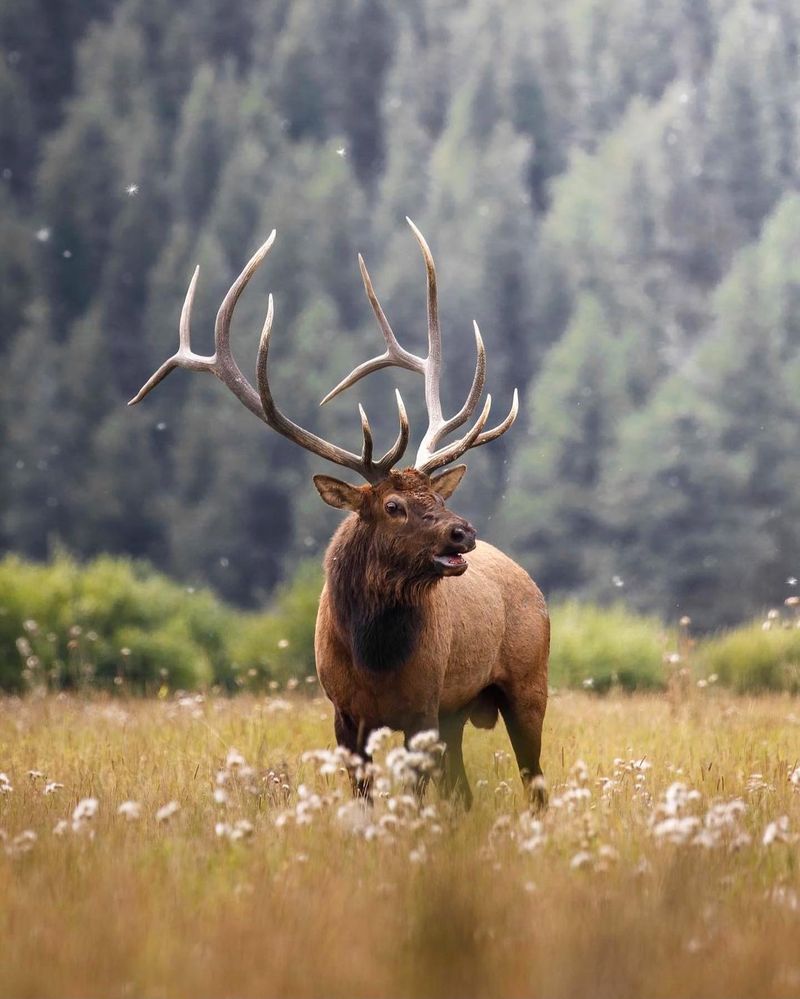
Elks, with their impressive antlers and stately presence, are a common sight in the western national parks. Weighing up to 1,100 pounds, these graceful animals are known for their bugling calls during mating season. The forests of Yosemite provide a perfect backdrop for these magnificent creatures. With a diet consisting mainly of grasses and plants, elks play a vital role in maintaining the ecological balance. Seasonal migrations showcase their adaptability and survival instincts. The sight of a bull elk with fully developed antlers is truly a testament to nature’s artwork.
Moose
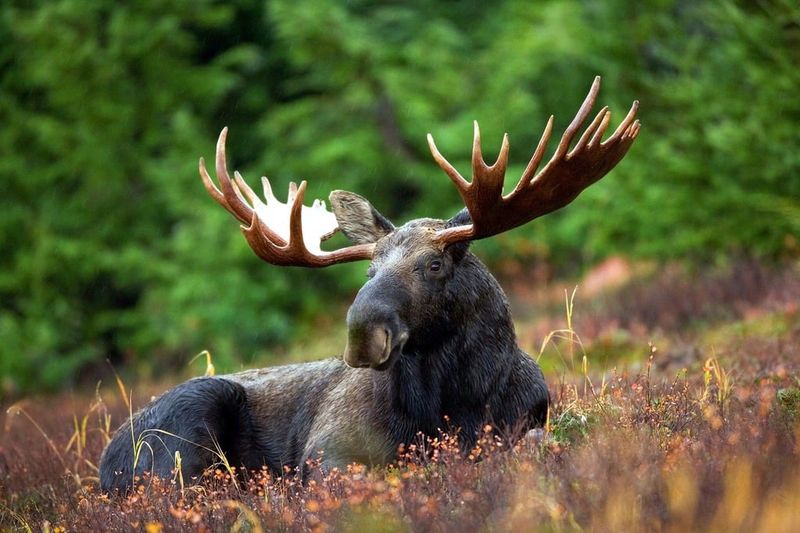
Moose, the largest members of the deer family, are iconic residents of places like Grand Teton National Park. These solitary giants can weigh up to 1,800 pounds, with imposing antlers that span up to six feet. Their long legs allow them to wade through deep snow and marshy terrain with ease. Moose primarily feed on aquatic vegetation and young shoots, shaping the landscape as they browse. Observing a moose in its natural habitat offers a glimpse into a serene yet powerful world, where nature reigns supreme.
Grizzly Bear

Grizzly bears, the powerful icons of the wilderness, roam areas like Denali National Park. Weighing up to 1,700 pounds, these bears are known for their strength and ferocity. With a diet that ranges from berries to salmon, they are omnivores with a diverse palate. Their thick fur and strong limbs are perfectly adapted for the diverse terrains they inhabit. Watching a grizzly bear fish in a rushing stream is a mesmerizing experience, illustrating the raw power and grace of these formidable predators.
Mountain Lion
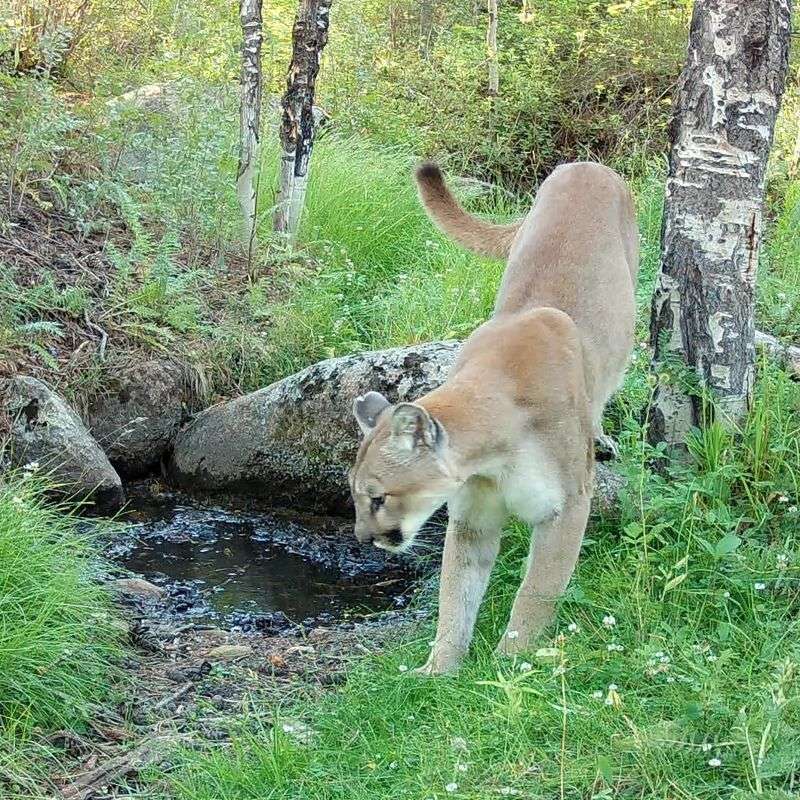
Mountain lions, or cougars, are elusive predators that stalk the rugged landscapes of Zion National Park. Weighing between 64 to 220 pounds, these agile cats are masters of stealth and strength. Their tawny coats blend seamlessly with the rocky terrain, aiding in their hunting strategies. With a diet primarily consisting of deer and smaller mammals, mountain lions play a key role in controlling prey populations. Observing the silent grace of a mountain lion in its natural habitat is a rare and humbling encounter with the wild.
Black Bear
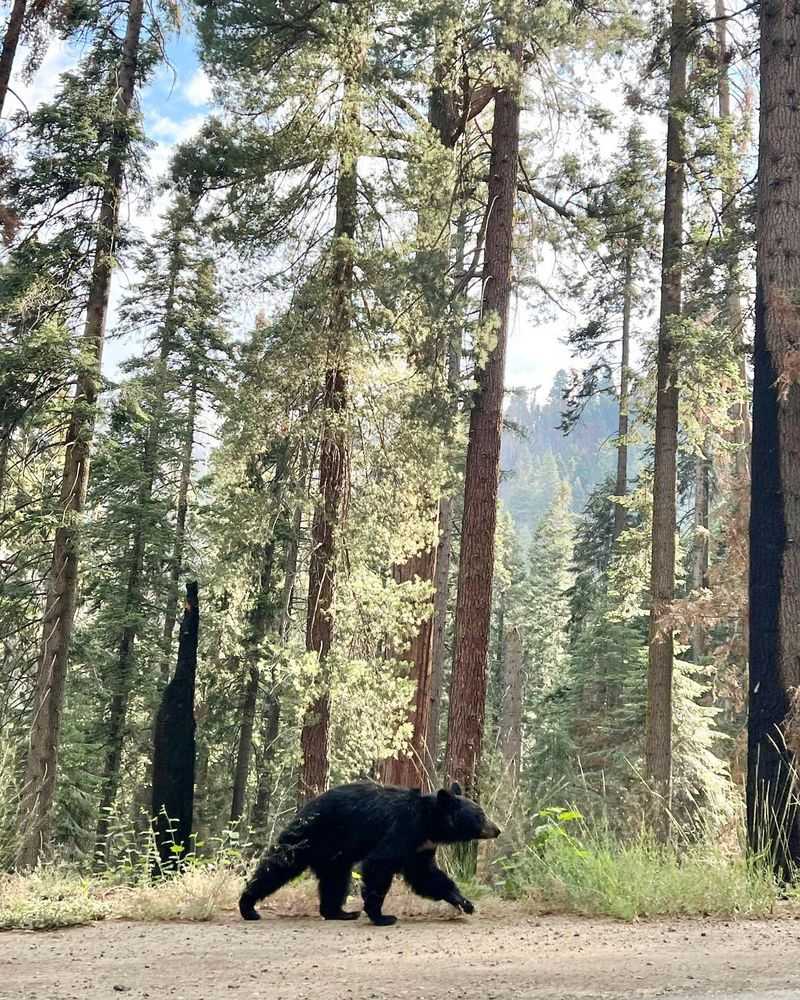
Black bears inhabit the lush forests of Sequoia National Park, known for their curious and adaptable nature. Weighing up to 600 pounds, these bears are smaller than their grizzly cousins but no less fascinating. With a diet that includes berries, nuts, and small animals, black bears are opportunistic feeders. Their strong limbs and sharp claws are perfect for climbing trees in search of food. Witnessing a black bear foraging in the wild is a reminder of the delicate balance of nature, where each creature plays a part.
Gray Wolf
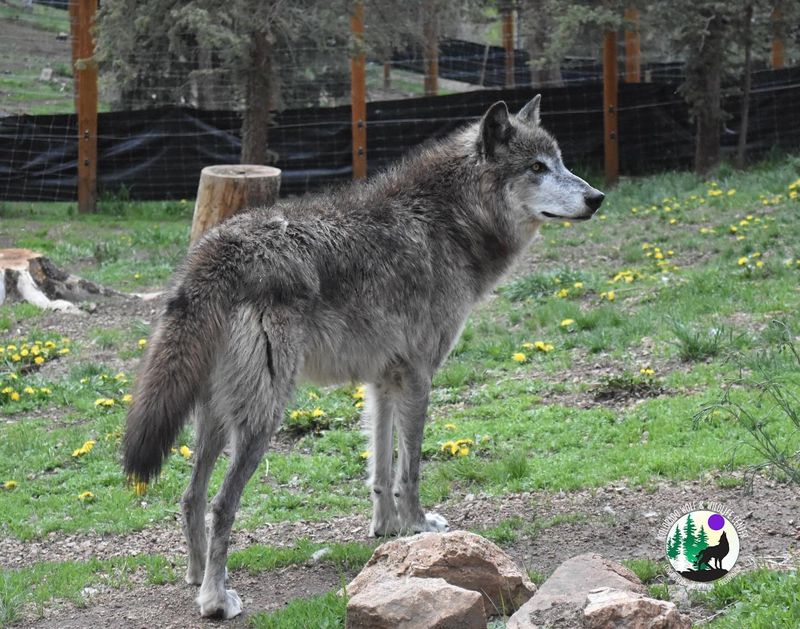
Gray wolves, once nearly extinct in the contiguous United States, now thrive in Yellowstone National Park. Weighing up to 130 pounds, these social animals are known for their complex pack dynamics and haunting howls. Wolves play a vital role in maintaining ecological balance by controlling elk and deer populations. Observing a pack of gray wolves moving silently through the snow is a sight that speaks to the wild heart of Yellowstone. Their reintroduction has been a testament to successful conservation efforts.
Mule Deer
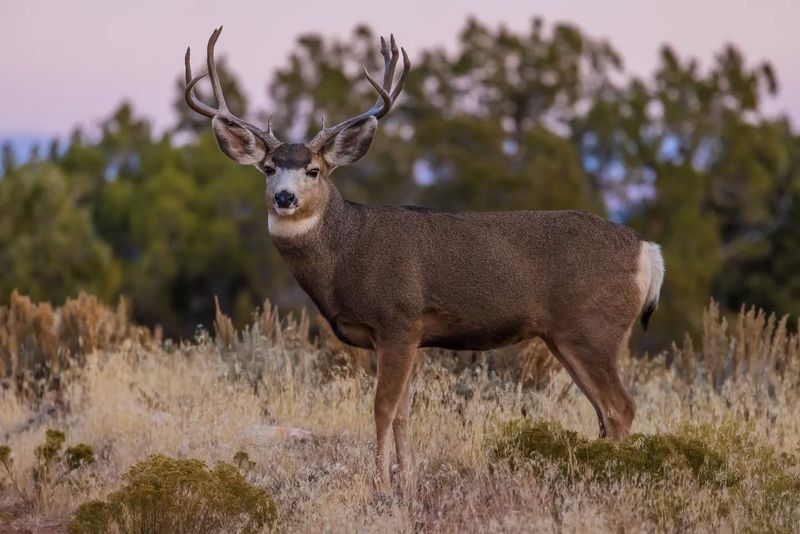
Mule deer, with their distinctive large ears and bouncing gait, roam the open spaces of Rocky Mountain National Park. Weighing up to 300 pounds, these agile creatures are adept at navigating the varied terrain. Their diet consists of shrubs, grasses, and forbs, contributing to the ecological health of the park. Mule deer are often seen in herds, moving gracefully through meadows and forests. Watching a mule deer leap effortlessly across a landscape is a reminder of the beauty and agility of wildlife.
Big Horn Sheep
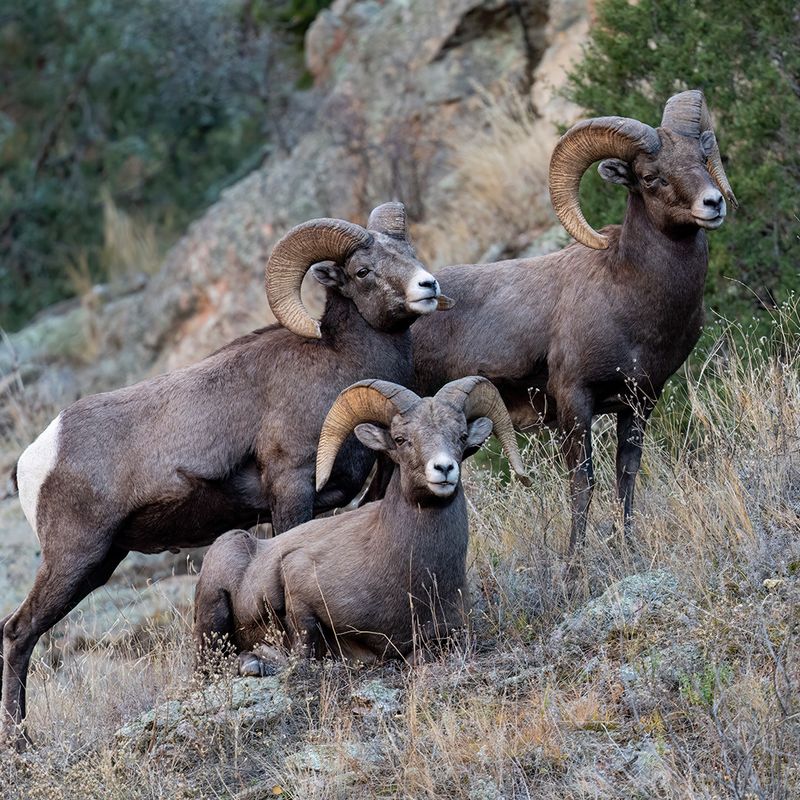
Big Horn Sheep, with their impressive curved horns, are iconic residents of Badlands National Park. Weighing up to 300 pounds, these skilled climbers are perfectly adapted to the rugged terrain. Their diet mainly includes grasses and shrubs, which they graze on agilely. The sight of a ram silhouetted against the stark landscape is a classic image of the American West. The horns of a mature ram can weigh up to 30 pounds, adding to their majestic presence.
Pronghorn
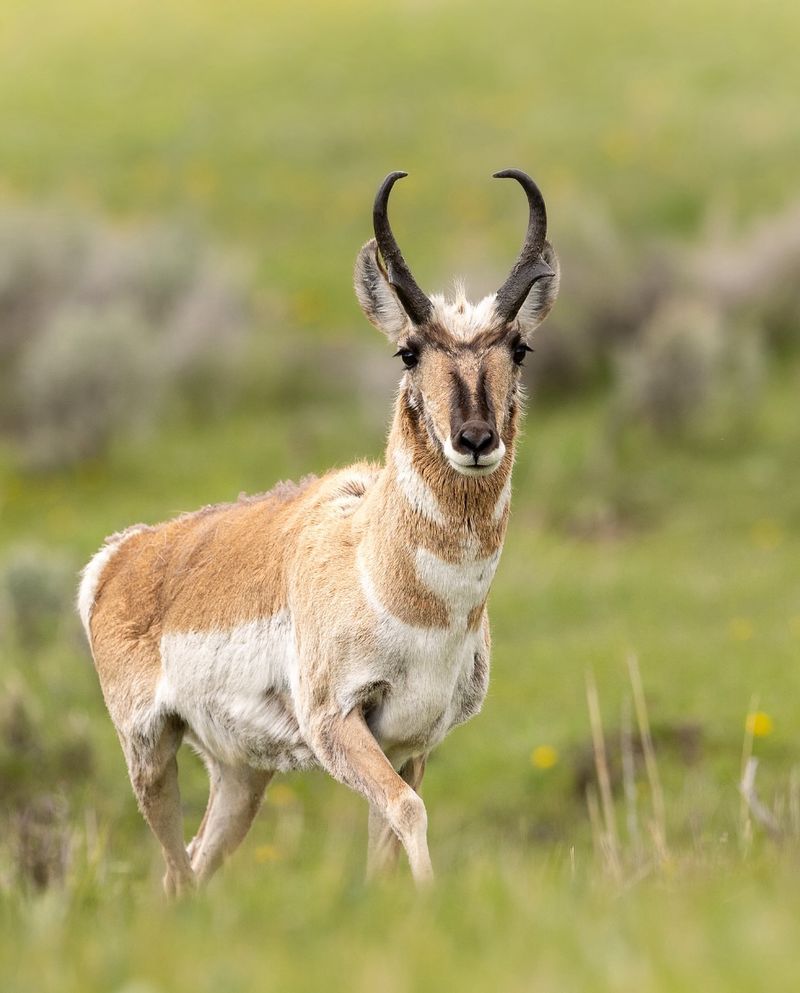
Pronghorn, often misidentified as antelopes, are the speedsters of the animal kingdom, found in Grand Canyon National Park. Weighing around 90 to 150 pounds, they are known for their exceptional speed, reaching up to 55 mph. Pronghorns have unique adaptations like specialized hooves and a lightweight build for fast running. Their diet consists of grasses and sagebrush, which they digest efficiently. Observing a pronghorn in full sprint is a spectacle of agility and speed, emblematic of the wide-open spaces they inhabit.
Coyote
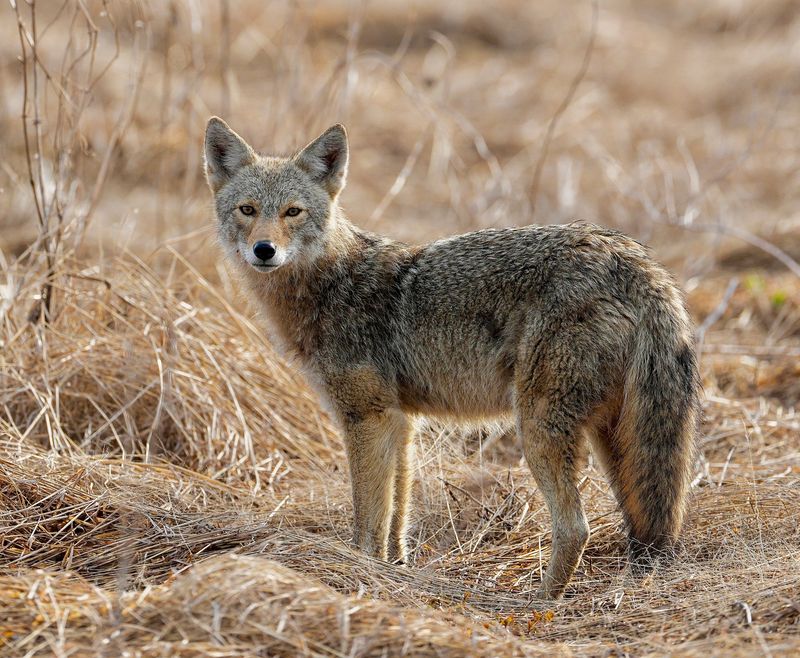
Coyotes, adaptable and cunning, are widespread residents of Joshua Tree National Park. Weighing up to 50 pounds, these opportunistic predators are known for their intelligence and resourcefulness. Their diet is varied, from small mammals to fruits, allowing them to thrive in diverse environments. The iconic howl of a coyote at dusk is a sound that echoes the spirit of the American wilderness. Watching a coyote navigate the desert landscape is a testament to the resilience and adaptability of this fascinating species.
Bobcat

Bobcats, with their tufted ears and short tails, are elusive hunters that inhabit the dense woods of Glacier National Park. Weighing up to 35 pounds, these solitary felines are masters of stealth and agility. Their diet primarily consists of rabbits and small mammals, which they hunt with precision. The sight of a bobcat silently stalking through its environment is a rare and thrilling experience. Bobcats play an important role in maintaining the balance of their ecosystems, exemplifying the intricate web of nature.
Wild Horse
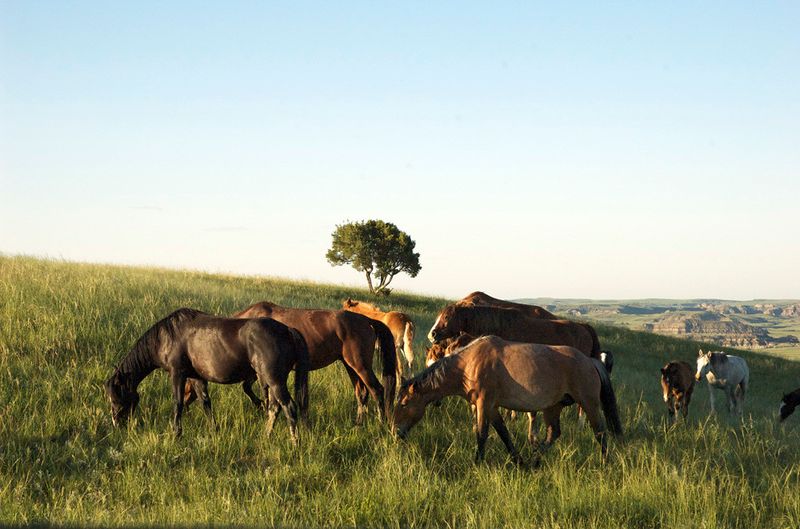
Wild horses, embodying the spirit of freedom, roam the expansive plains of Theodore Roosevelt National Park. Weighing up to 1,000 pounds, these horses are descendants of domesticated breeds that now thrive in the wild. Their social structure and behaviors are fascinating to observe, with herds led by dominant stallions. Grazing on grasses and forbs, wild horses play a role in shaping their habitats. Watching a herd gallop across the plains evokes a sense of timeless wilderness and untamed beauty.
Mountain Goat
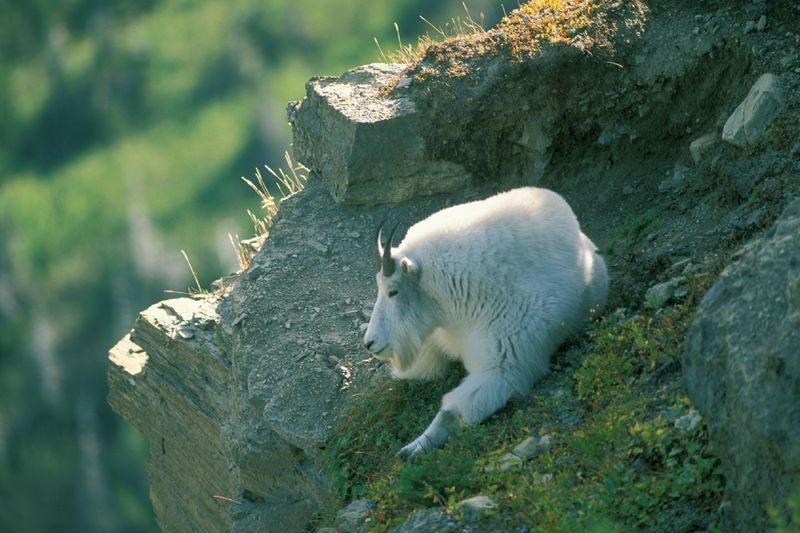
Mountain goats, with their shaggy coats and nimble movements, are adept climbers found in Olympic National Park. Weighing up to 300 pounds, these animals are perfectly suited for life on steep, rocky slopes. Their specialized hooves provide excellent grip and balance, allowing them to traverse seemingly impossible terrain. Feeding on grasses, mosses, and lichens, mountain goats contribute to the delicate alpine ecosystem. Observing a mountain goat perched precariously on a narrow ledge is a testament to nature’s ingenuity and adaptability.
Porcupine
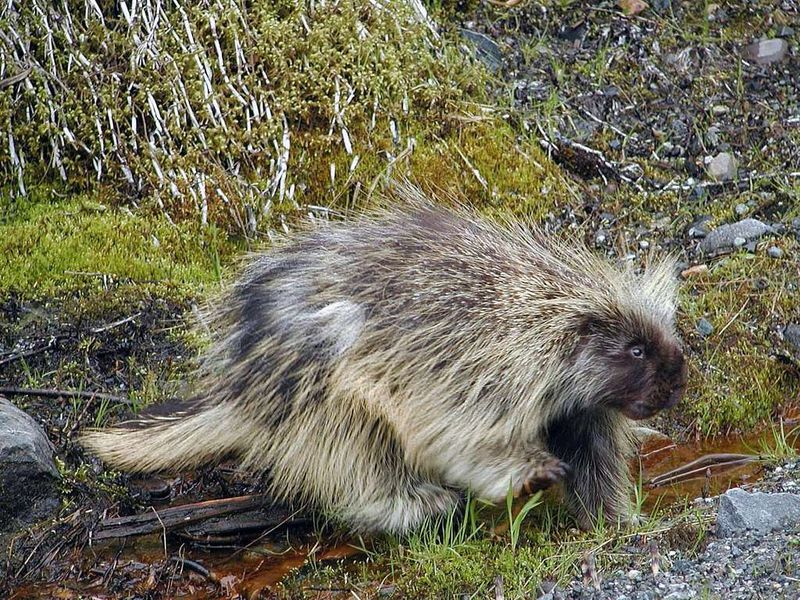
Porcupines, with their quill-covered bodies, are unique residents of North Cascades National Park. Weighing up to 30 pounds, these nocturnal creatures have a diet consisting mainly of bark, leaves, and buds. Their sharp quills provide a formidable defense against predators, making them a fascinating study in survival strategies. Watching a porcupine climb a tree with surprising dexterity is an experience that highlights the diversity of adaptations in the animal kingdom. Porcupines play an essential role in controlling vegetation, contributing to the health of their forest habitats.
Beaver
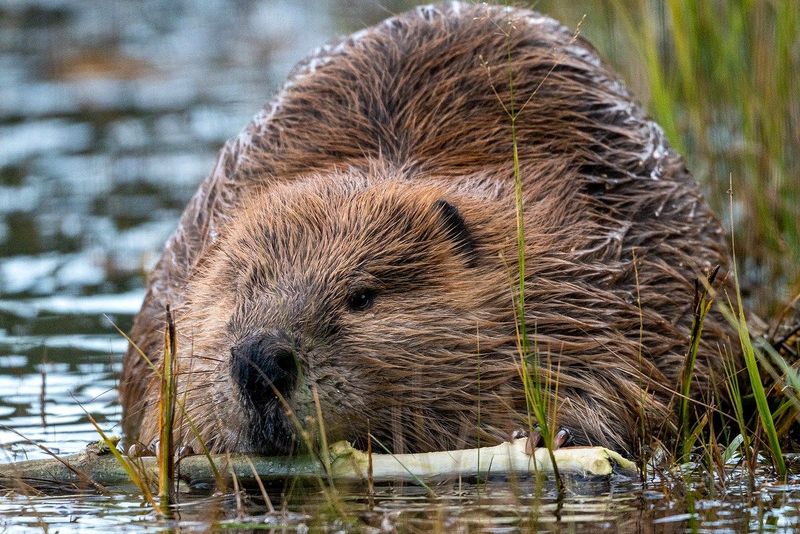
Beavers, nature’s engineers, are known for their dam-building prowess in Acadia National Park. Weighing up to 60 pounds, these industrious rodents transform landscapes by creating ponds and wetlands. Their strong teeth and powerful jaws enable them to fell trees and construct intricate lodges. The impact of beavers on their environment is profound, providing habitats for numerous other species. Watching a beaver at work is a glimpse into the tireless and purposeful world of these remarkable animals, dedicated to shaping their surroundings.
Cougar
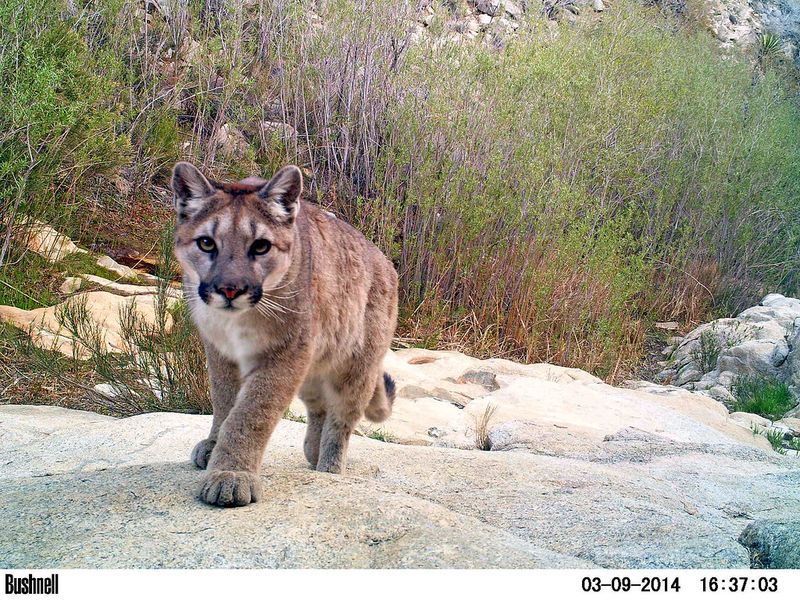
Cougars, also known as mountain lions, are stealthy predators inhabiting the towering landscapes of Redwood National Park. Weighing up to 150 pounds, these solitary cats are remarkable for their agility and power. Their diet primarily consists of deer, which they hunt with skill and stealth. The dense forests of the park provide an ideal habitat for these elusive creatures. Observing a cougar in the wild is a rare and exhilarating experience, offering a glimpse into the life of one of nature’s most efficient predators.

